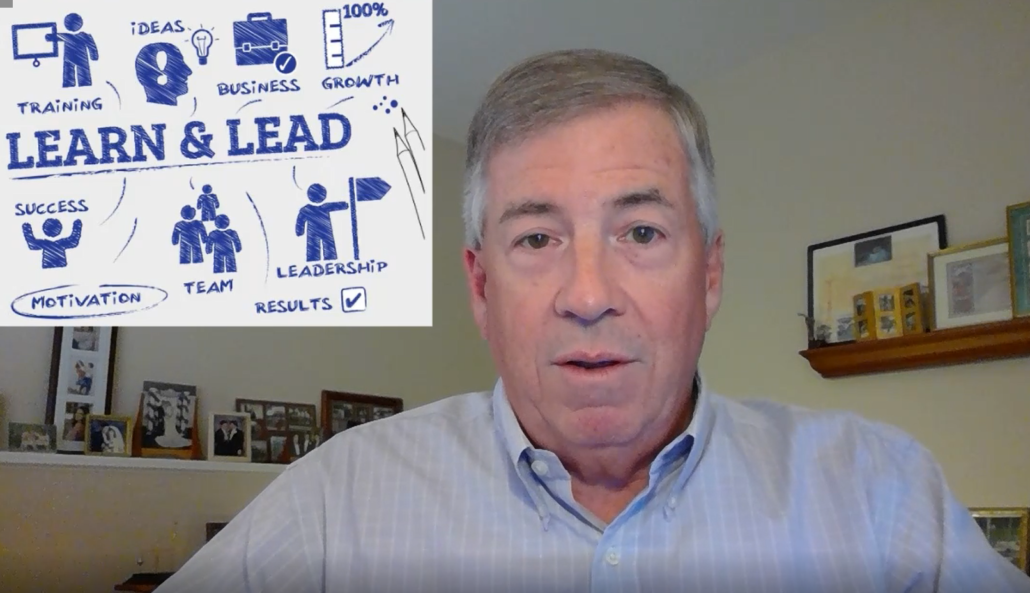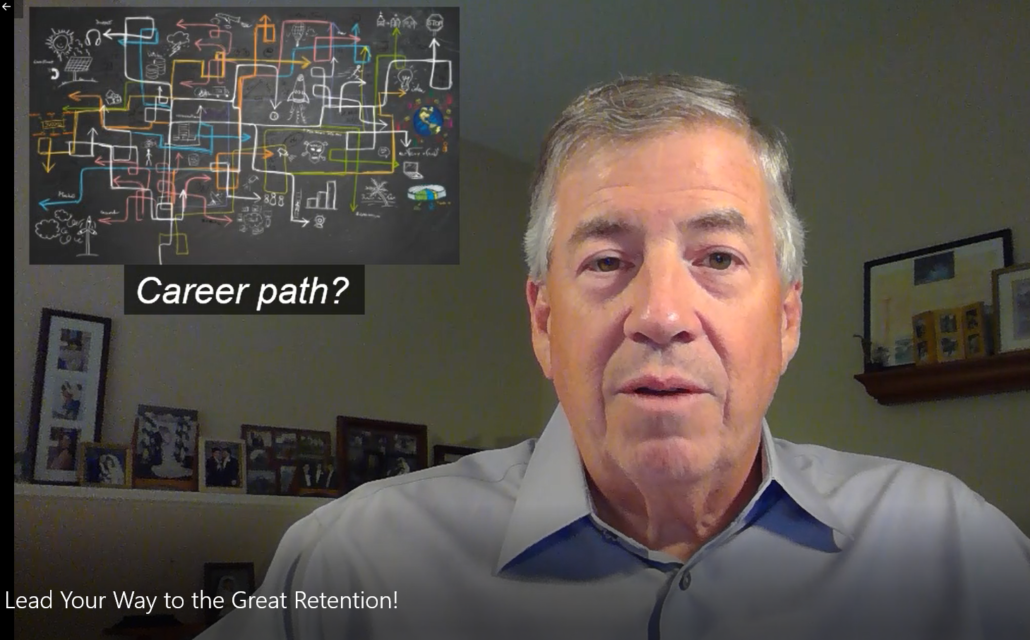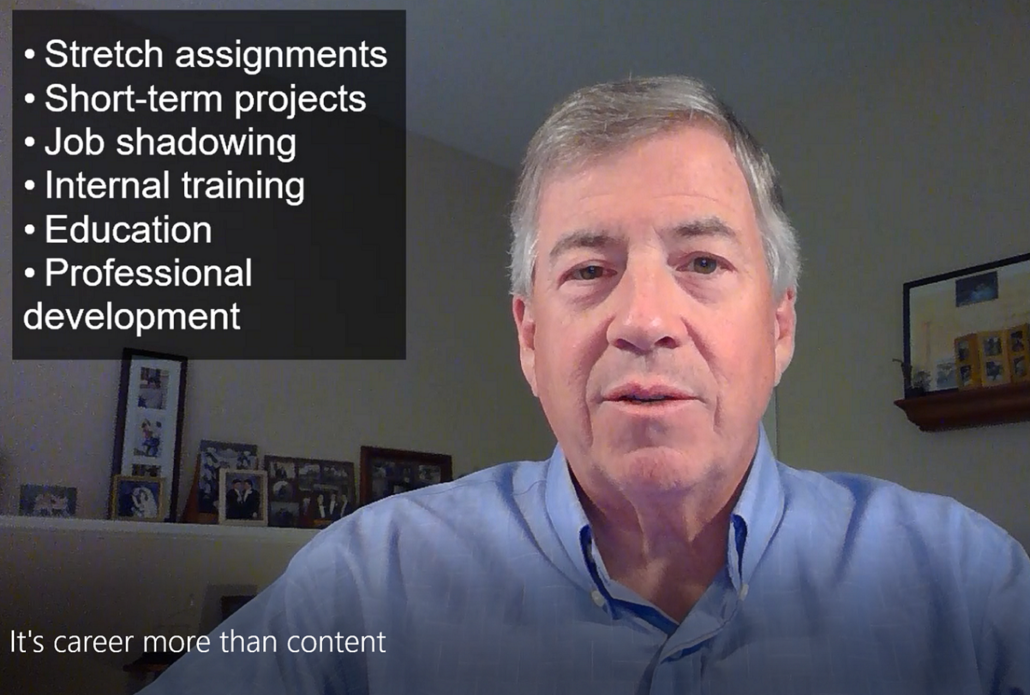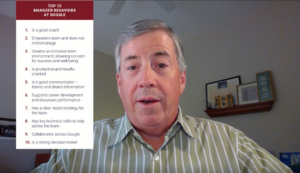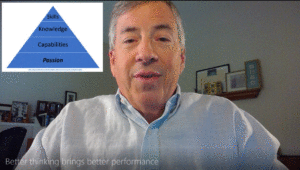Leader as Learner
Ever have a supervisor who wasn’t from your area of expertise? Did you and your teammates develop the orientation manual for them, so they didn’t blow the work up? Sometimes you get the exception, I had one who made me include a monthly presentation about and L&D to him in my annual performance plan. After the first couple I realized this was more than a presentation, this was a transfer of knowledge and experiences. As I explained and described the topic of the month, the questions posed were focused on application.
This is where I started to see how asking “why” was a powerful asset to a designer of performance solutions and how leaders use it to push for deeper understanding. More than a challenge, asking “why” creates the space to explore options, identify alternatives, and deliver a robust solution. I saw how the curiosity of trying to connect the different components in an organization became a process of constantly finding new information. I saw how leaders are open to learning from everyone and how leaders are developed from all levels. I saw learning as a strategic business tool.
In this short video I share some key differences between those manage and those that lead. The key difference in a willingness to seek new information, new ways to work, and an openness to ask others to share knowledge and ideas with you. Let’s talk more about how you can use learning as your leadership development model and your strategic business and retention tool. We can Zoom or even use the phone to talk because together, we are stronger, and we don’t need being remote or at a distance to keep us from connecting and engaging – let’s learn and work together! I’ll bring some coffee…. Use the contact button above or visit our web site!

